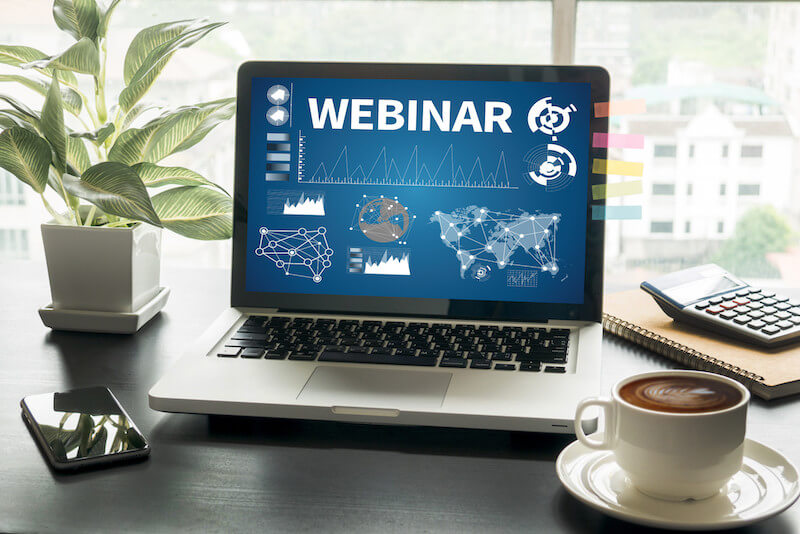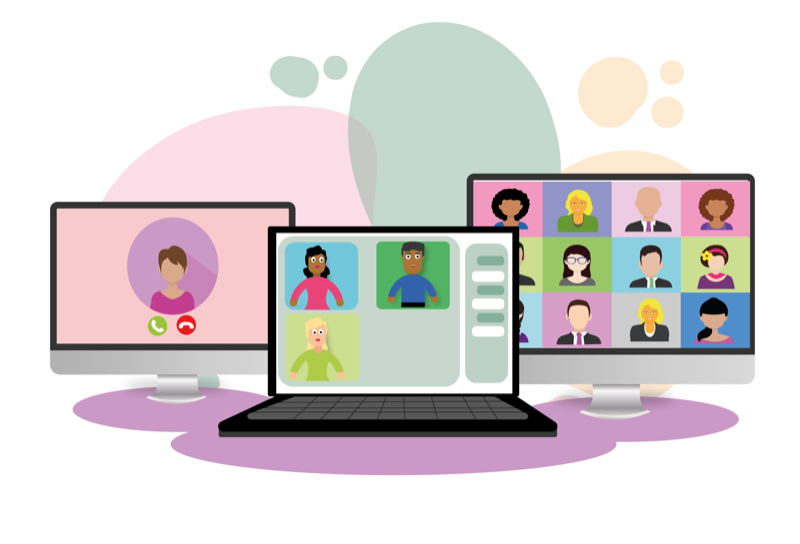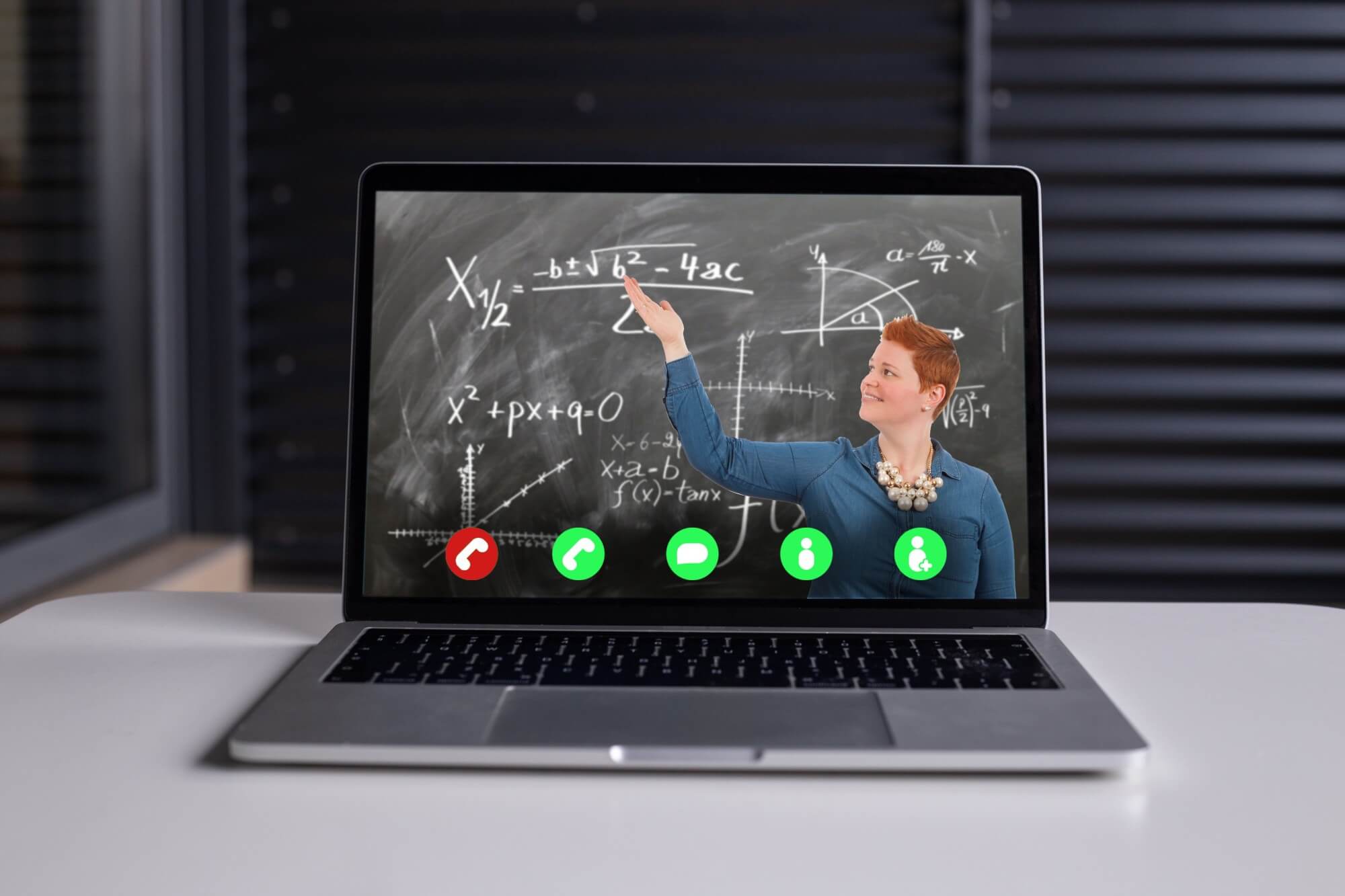The Role of Social Media in Webinar Promotion and Engagement
Of the eight billion people in the world, approximately 4.55 billion of them use social media. And that number is growing all the time.
5 min read
AJ Sallis
:
Dec 15, 2022 2:20:00 PM

According to LinkedIn, 67% of marketers began increasing investments in webinars in 2021. With the recent pandemic causing issues in many business sectors, it's no surprise that webinars are increasing in popularity.
Professional events and shows were canceled worldwide as the COVID crisis continues, but industries are finding solutions. Big businesses and small companies can both utilise the power of webinars.
From associations to franchises, countless industries will find benefits in offering online events. And as remote work continues to expand, webinars will too.
According to GetVoip, remote work is expected to increase 77% this year. And having digital solutions to adapt to the times will be a significant plus for businesses.
Learning how to run an educational webinar will greatly benefit your digital marketing efforts. So continue reading and learn how to create an educational webinar that's successful.
Webinars are virtual seminars held over the internet instead of in person. These online events typically feature one or more presenters the audience can see on a video camera. The presenter may teach the audience about a topic or hold meetings for a group.
Webinars can host an audience of a thousand or more people. For businesses, they can provide a professional yet creative way to market their brand or products. Additionally, webinars are versatile and can help grow our brands in various interactive ways.
Webinars are also called by different names, such as:
Webinars provide a host of benefits for the organisers. They can help us reach a large audience, boost our brand's awareness, and generate new leads for the company.
One of the greatest benefits of webinars is that there are no geographic barriers. Hosting an event in person means our audience has to travel to see us.
When presenting a webinar, our audience can simply get on a computer and listen to us speak. As a result, webinars extend our reach worldwide and remove limitations for our audience. This can also increase the attendance rate of our online presentations.
It costs businesses large amounts of time and money to market their brand. But simple digital solutions like webinars can position us as an expert in our industry.
Webinars allow us to educate our audience and teach them about our business. They'll see us as a thought leader by answering their questions and providing great content. This can help us grow our brand's authority and brand recognition.
Generating leads is high on every organisation's to-do list. And through webinars, we can increase the number of quality leads our business receives.
When hosting a webinar, interested prospects will register for the event. They'll provide us with their name, phone number, and email address. And after viewers listen to our webinar, we'll increase the chances of them being receptive to offers.
Now let's go over how to present an educational webinar. We're going to cover the fundamentals of the process. There are also many ways to fine-tune this strategy.
The first step to structure an educational webinar is choosing our topic. Knowing the topic of our webinar is an important step, as it decides the target audience for the session.
Choose a topic that isn't overly challenging for the audience. We don't want them confused by hard-to-digest content. And we want to leave time for a Q & A at closing.
Some example ideas for the webinar topic include:
Choosing the right time and date will decide how successful our webinar is. According to the ON24 Webinar Benchmarks Report, there are a few key days and times.
The report says that Tuesday, Wednesday, and Thursday are the best days to hold webinars. For the ideal times, it says that 11 am has the highest attendance rate at 24%. Choose a date with these figures in mind to secure the maximum attendance rate.
Once we've decided on a topic and a date, we need to gather our supplies for the webinar. There are a few items required to run a webinar. These items include a working camera, a microphone (or headset), and a stable internet connection.
Camera
If we want to run our webinar from a desktop computer, we'll need to invest in a camera for the session. On the other hand, using a laptop provides us with a camera.
The quality of your camera is up to you and will decide how easily your audience can see you. A laptop camera is often poor quality, but it will get the job done. But if we want a crystal clear picture for the audience, we'll need to invest in an upgraded camera.
Microphone
A microphone will ensure our audience can hear us while we speak to them. Again, running our webinar from a desktop computer means we'll need to buy a microphone. And if we decide to use a laptop, we can use the built-in microphone for the meeting.
If you've watched popular youtube channels, you know many hosts use high-quality microphones for their videos. To ensure maximal clarity for the audience, we'll need to upgrade. Although, there's no reason why you can't use a laptop speaker for your webinar.
Headset
A headset is an alternative choice to a regular microphone. It will make it additionally easier to speak to our audience. And it will increase mobility during the webinar.
You'll want to invest in a wireless headset if you need to move around during the webinar presentation. This will keep everything running smoothly without interruptions. On the other hand, a microphone or wired headset works fine if you're simply sitting and talking.
Internet
Internet quality is a key factor in pulling off a successful webinar. We don't need anything fancy, but we still want something that won't cause interruptions.
You just need a stable internet connection, and you'll be good to go. To increase the stability of our internet, we can also hardwire the connection with an ethernet cable. Additionally, make sure Chrome, Edge, or Safari is up-to-date for the best results.
Next up is creating the content for our webinar. We can pre-record our content and air it during the webinar or prepare a live presentation for viewers.
This is a matter of personal choice, and each provides its benefits. For example, pre-recorded presentations are a good option if you're somewhat shy and don't prefer talking live for up to an hour. But if you're confident in your speaking skills, present the talk live.
We can use Google Slides or WordPress to create our content. Presentation tools can help us keep organised and increase engagement during the webinar. To keep it simple, you could even write your content in a Google doc and present it from there.
It's a good idea to prepare for technical problems during the webinar. They can happen to anyone, and if they're severe enough, they could ruin the presentation. While these problems are uncommon, having a plan will help us avoid them.
Audio Issues
To reduce audio interference chances, keep mobile phones away from the presentation area. If you need your phone during the webinar, it's ok to keep it nearby. However, keep phones in the area muted, as they may interrupt the webinar.
Additionally, if your microphone is wired, you'll want to test it beforehand. Sometimes buzzing can occur. We'll want to address that in case it interferes with the webinar.
Camera Issues
There are a few things to keep in mind while using a camera. First, if the camera is built into a laptop, it may autofocus on where we sit.
If you need to move around, ensure that the camera properly adjusts as you move; we want people to have a clear view.
Additionally, we'll need to ensure the camera works and stays working. For emergencies, it's a wise idea to have a backup camera on hand.
Connection Issues
Connection issues are the most common type of technical difficulties. To combat them, keep internet speed high by closing additional tabs. Connection issues can arise from having too many open tabs, so only keep the important ones open and ready to go.
If anything is downloading, we'll want to pause them. Additionally, other devices can slow internet speed, so keep smart TVs and other gadgets off during the webinar.
To ensure your webinar runs smoothly, consider using a Learning Management System (LMS) like Intuto.
Our platform can help you create detailed training to support your webinars and our content production team can take your existing webinars and convert them into interactive e-learning.
If you need help with association member training, we can help. Meet with us to discover our complete learning management software solution today.

Of the eight billion people in the world, approximately 4.55 billion of them use social media. And that number is growing all the time.

Webinars are a low-cost and effective way for an association to reach and engage their member or non-members. However, a few tricks and tips will...

One in six people worldwide has some form of disability. So it stands to reason accessibility should be a priority for any forward-thinking business.